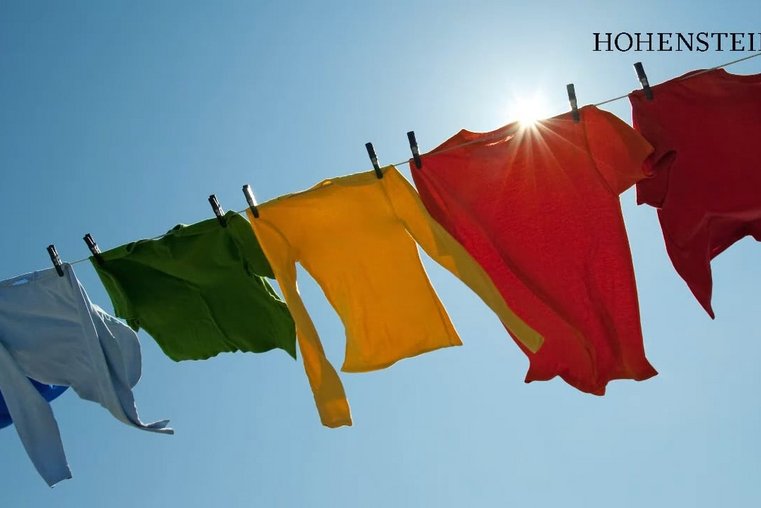Videotutorial Lightfastness
Testing light fastness examines the resistance of dyes and prints on textiles to the effects of artificial light. The artificial light corresponds to natural daylight D65.
The effect of light can lead to a change of colour in dyes on textiles during use or even when on display in stores.
Typical examples of this include clothing textiles made from natural and synthetic fibres, especially work and outdoor clothing, curtains and sunscreen textiles. The light fastness of dyes is checked to simulate the behaviour of dyes on textiles. This test procedure can also be applied to white, whitened or optically lightened textiles.
The test standard DIN EN ISO 105 – B02 describes the execution of the test “Colour fastness to xenon arc light“
The laboratory is to be provided with a sample size of approx. 15 x 15cm.
Blue reference materials are used for the test. These blue light fastness types made of wool are labelled with the numeric identification 1 to 8 and are primarily used in Europe. The wool fabric has been dyed with blue dyes with varying degrees of light fastness. Light fastness type 1 has very low colour fastness to light and light fastness type 8 has a very high colour fastness to light.
The cover templates are made of thin, lightproof material and cover a section of the measurement samples during exposure.

